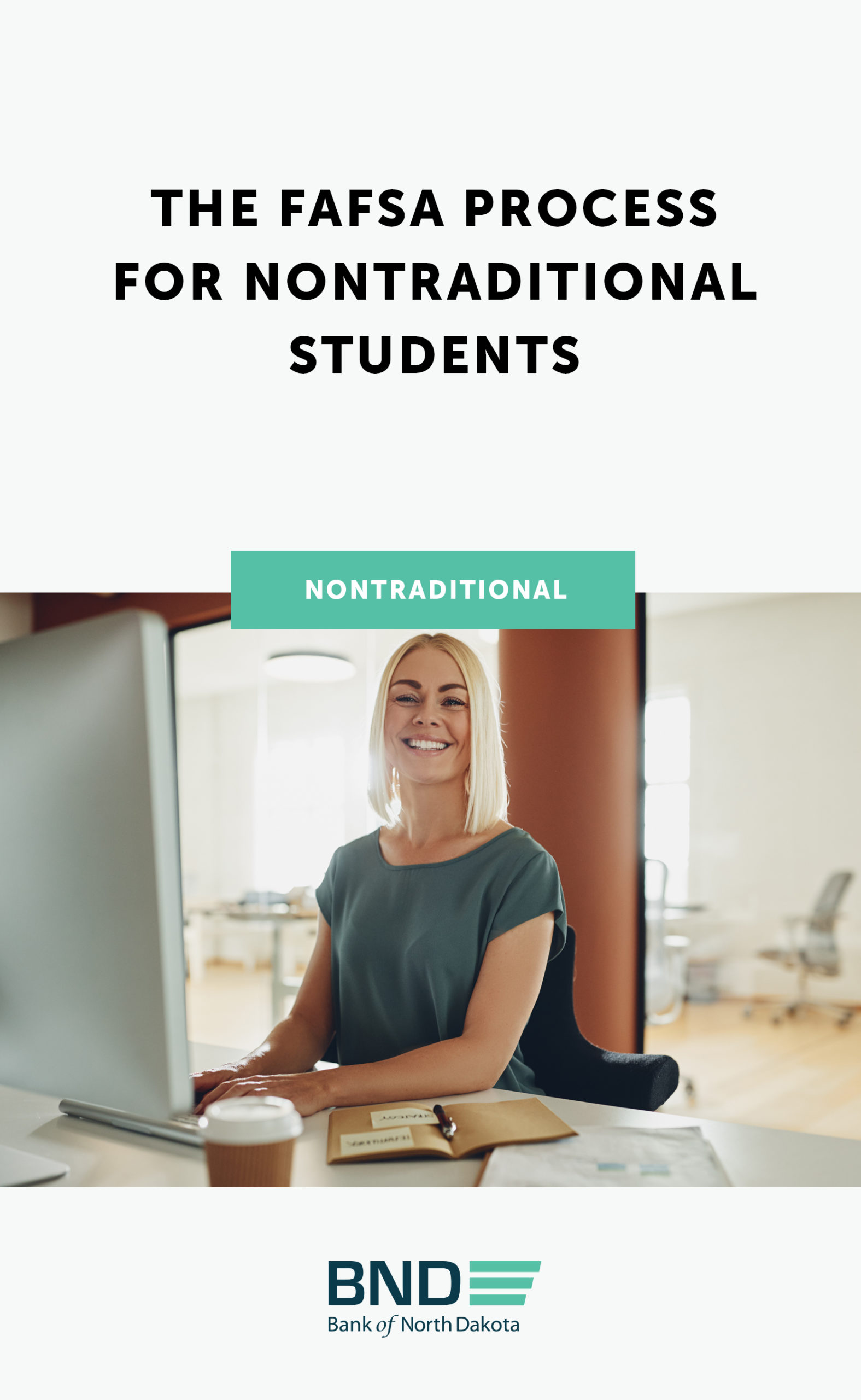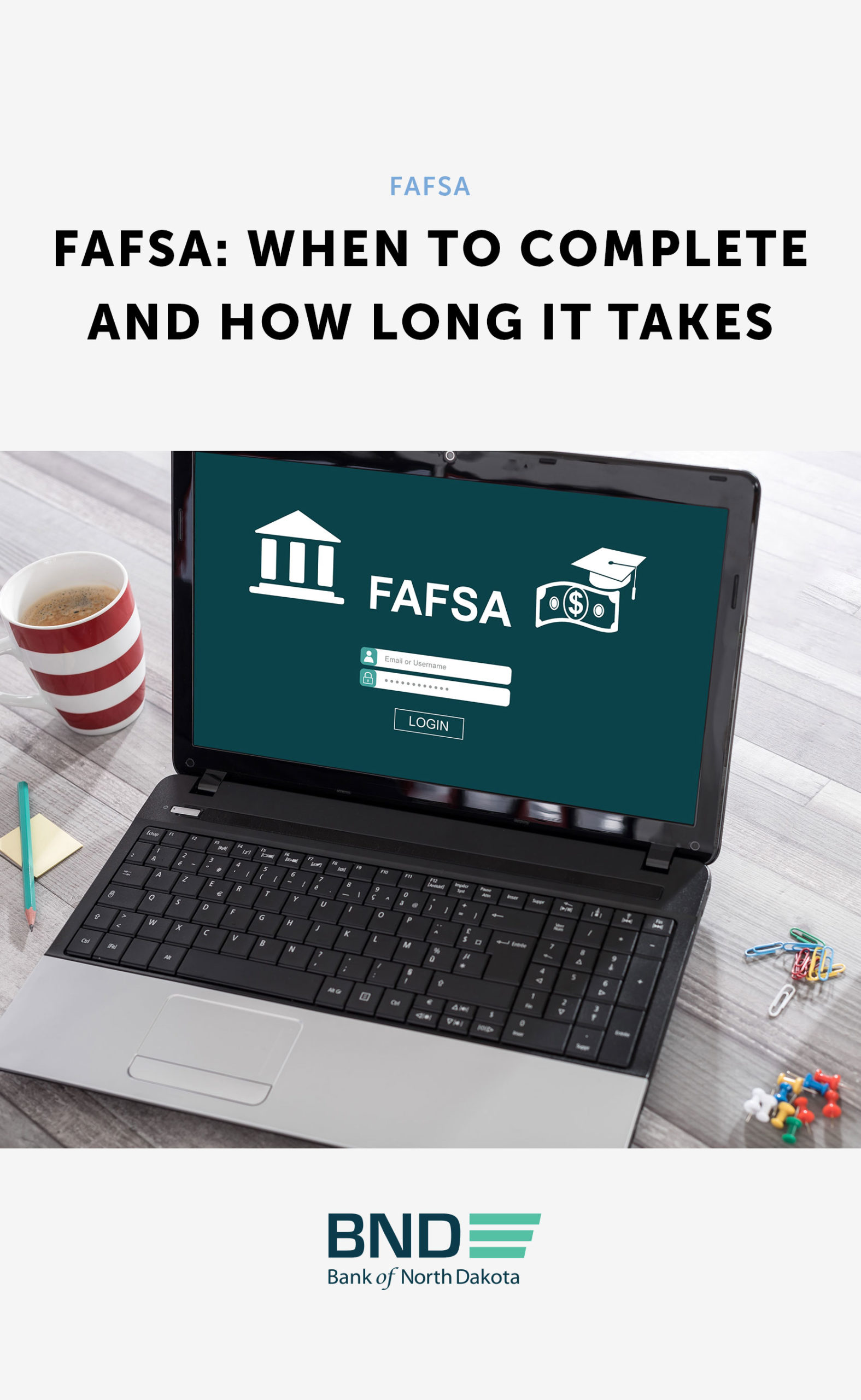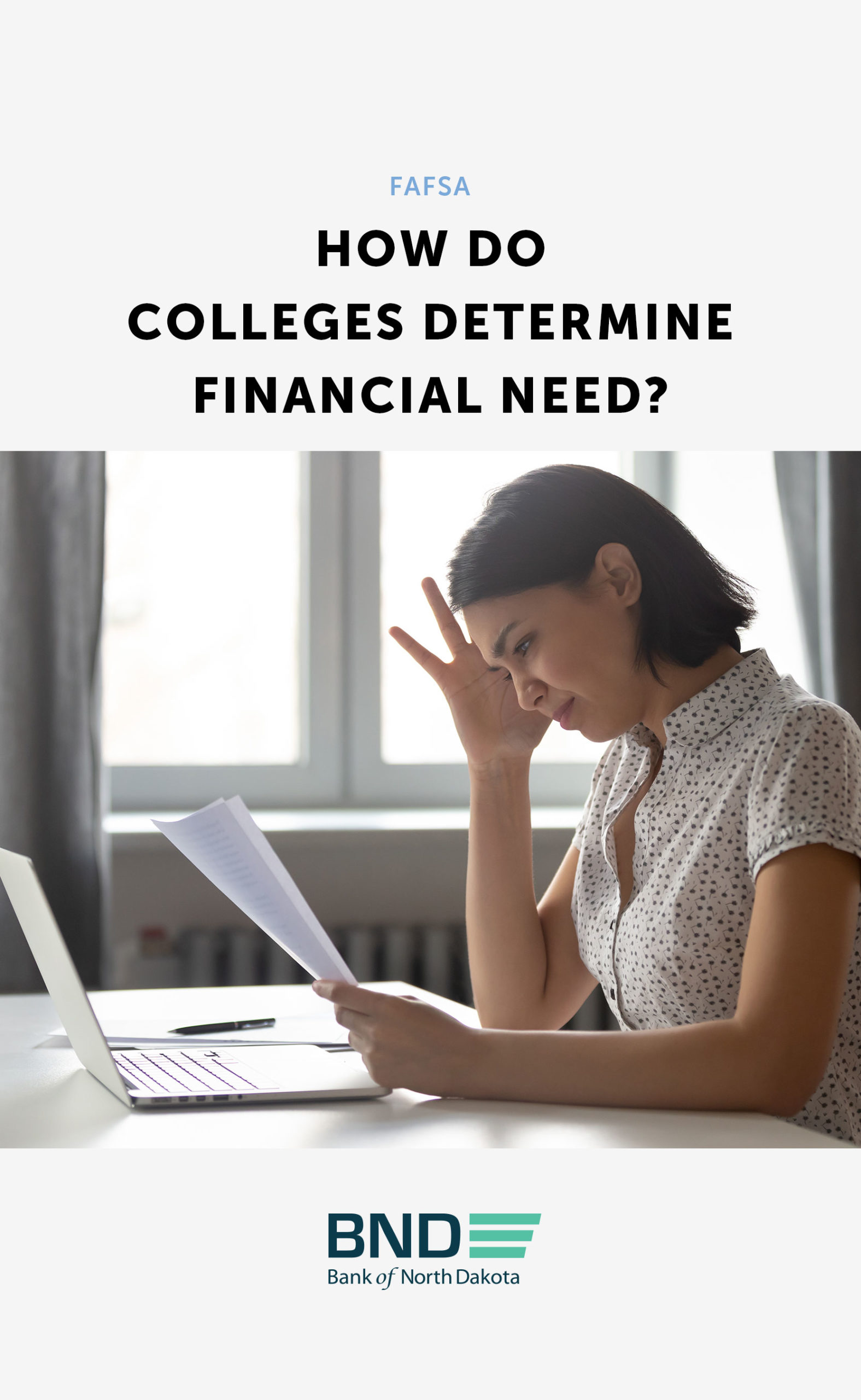The Free Application for Federal Student Aid (FAFSA) is the first step in the college financial aid process. It must be completed every year by students of all ages seeking financial aid.

Financial aid can help you pay for your education expenses and includes grants, scholarships, work-study programs and student loans. The application is free to complete, and no credit check is required. Don’t let anyone scam you and offer to complete it for a fee.
Most financial aid is based on financial need which is the difference between the college’s cost of attendance and your Expected Family Contribution (EFC). The cost of attendance is determined by the school and includes tuition and fees, books, supplies, room and board, personal expenses and transportation.
The EFC is calculated from the information you put on the FAFSA. It is affected by dependency status, household size, income, assets and the number of household members enrolled in college or trade schools.
Cost of attending school – Expected Family Contribution = Financial need
Some people mistakenly believe they won’t qualify for financial aid because they make too much money or have too many assets. However, almost every student qualifies for an unsubsidized Federal Direct Student Loan. It is important to complete the FAFSA even if a student loan isn’t necessary because it will identify any grants or scholarships available to you.
Am I dependent or independent?
Your dependency status plays an essential role in determining how much financial aid you will receive. For this reason, it is important to understand the difference between being an independent student and a dependent student.
If you are a dependent student, your EFC is based upon your and your parents’ financial resources. If you are a married independent student, your EFC is based upon your and your spouse’s financial resources. You are a dependent student unless one of the following statements applies to you:
- You are 24 years of age or older.
- You are married.
- You are enrolled in a master’s or doctorate program during the 2019-2020 school year. You have (or will have) children who will receive more than half of their support from you through June 30, 2020.
- You are a ward of the court or an emancipated minor.
- You were determined to be an unaccompanied youth who was homeless or at risk of being homeless at any time on or after July 1, 2018.
- You are a veteran of the U.S. Armed Forces.
Application dates
If you will attend college between July 1, 2020, and June 30, 2021, you can submit the FAFSA as early as October 1, 2020. File as soon as possible because some financial aid is awarded on a first-come, first-served basis.
Completing the FAFSA
This process has been greatly simplified. If you have the following information at your fingertips, it takes most people about an hour to complete.
- Federal Student Aid ID (FSA ID): You apply for this online at fsaid.ed.gov. If you are a dependent, your parent must also have an FSA ID.
- Social Security number and date of birth
- 7 federal tax return if you are independent. If dependent, your parent’s tax return is required.
- 7 untaxed income records which include veteran’s non-education benefit records, child support received and workers’ compensation
- Assets which include the balance of cash, savings and investments
- Alien registration or permanent resident card if not a U.S. citizen
- List of the schools you are considering attending
Need more assistance to complete the FAFSA?
Check out Bank of North Dakota’s Facebook page for a number of videos that discuss the FAFSA like the Financial Aid Information Night Facebook Live. The Federal Student Aid website where you complete the FAFSA also provides the ability to request help with specific questions.
The process after you complete the FAFSA
When you complete the FAFSA, you’ll need to list schools you’re interested in attending. Your FAFSA application is sent to those schools, and the ones that you’ve applied to and been accepted to will send you award letters stating how much you receive in financial aid. In addition to the grants, scholarships and work-study programs you may qualify for, the letter will provide information on the type and amount of federal student loans you can receive. If you still need additional funds to attend college, visit Bank of North Dakota’s website to learn about its student loan program.
When you decide which college to attend, call the admissions office to let them know to expect you and follow the instructions that came with the award letter to accept the financial aid package. You also need to inform the other colleges on your list that you won’t be attending them.


